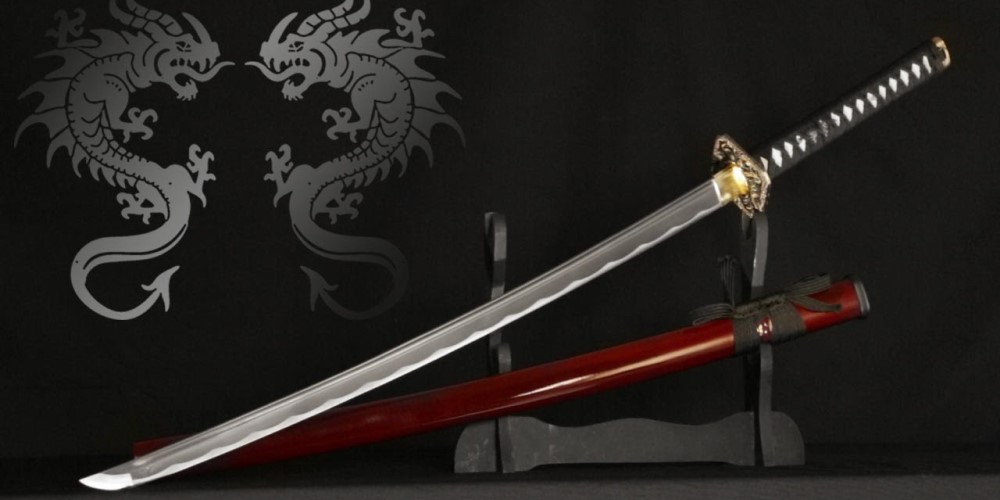Samurai sword has won a major place in history as an indestructible sword native to the Japanese Samurai. Swords, in general, play very significant roles in a Samurai’s life, such that a sword is present when a new Samurai is born and equally when an old one is gone.
The Samurai sword, a slightly curved, very sharp weapon, is a fascination for many. Its design, technicality, importance, and beauty have made many to wonder about how it is being made. You can follow the Handmade Sword Experts to know more about swords. So, without further ado, let’s delve into the steps involved in making the Samurai sword.
The process of making the Samurai Sword
The making of a Samurai sword involves nine steps. These are:
- The steelmaking:The steel required here is tamahagane, and it is made from smelted iron sand with charcoal. This is done in the Japanese furnace known as Tatara. This is the first and very important step in making a Samurai sword, and it requires quite a number of people to handle the smelting process consistently for 3 days.
- Sorting steel: After the smelting process, the Tatara experts open the furnace to extract the steel, tamahagane. They do this by scraping and separating the steel mass based on their carbon content. After this is done, the steel mass is skillfully combined with having all high carbon steels and the low carbon steels together. The high carbon steel is responsible for the razor-sharp edge of the sword while the low carbon steel is responsible for the sword’s toughness.
- Steel purification: This step is handled by a swordsmith. The steels are continuously heated, beaten, and folded for at least 16 times. This process helps to remove impurities while combining the iron and carbon even more.
- Forging blade: After all the impurities have been removed, the high carbon steel is further heated and molded to a long object with a U-shaped channel. At the same time, the low carbon steel is also heated and beaten to a piece that will fit perfectly into the channel in the high carbon steel. The lower carbon steel is then fixed into the high carbon steel and forged together.
- Blade coating: At this point, the two forms of steels are fused together to have a single blade. The upper part and blunt edge of the blade is now coated with a mixture of clay and charcoal and then heated to a temperature below 815°C.
- Curving the blade: The blade is then removed from the fire and immediately dipped into water. This simple act causes the blade to curve and this is because of the difference in the speed and degree of contraction between the different steels involved.
- Blade polishing: This step involves the use of polishing and grinding stones to give the blade a fine and sharp finishing.
- Mounting: The blade cannot stand on its own without a nice handle. So, the carpenters get to work and fits the blade into a wooden, well-decorated handle.
- Inspection: Lastly, the sword is assessed by the swordsmith to see if it fits the warrior’s need. If it does, then the sword can be handed over to him.
Conclusion
The Samurai sword is ultimately made from tamahagane, and it requires a lot of hands, time, energy, and patience. Being a weapon that is said to house the warrior’s soul, it is more of a treasure than a weapon and special care and effort must be put in making it.
